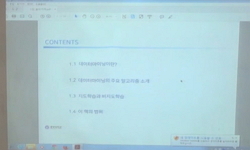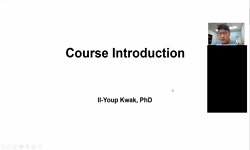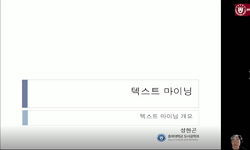Whilst Ecological momentary assessment (EMA) can provide important insights over time and across contexts among rotation workers whose work periods alternate with leave at home, it can also be challenging to implement in the resources and construction...
http://chineseinput.net/에서 pinyin(병음)방식으로 중국어를 변환할 수 있습니다.
변환된 중국어를 복사하여 사용하시면 됩니다.
- 中文 을 입력하시려면 zhongwen을 입력하시고 space를누르시면됩니다.
- 北京 을 입력하시려면 beijing을 입력하시고 space를 누르시면 됩니다.




Application of Ecological Momentary Assessment in Studies with Rotation Workers in the Resources and Related Construction Sectors: A Systematic Review
한글로보기https://www.riss.kr/link?id=A108533442
-
저자
Asare Bernard Yeboah-Asiamah (Health Psychology, Institute of Applied Health Sciences, University of Aberdeen, Aberdeen, United Kingdom) ; Robinson Suzanne (Curtin School of Population Health, Curtin University, Bentley, Australia) ; Kwasnicka Dominika (SWPS University of Social Sciences and Humanities, Wroclaw, Poland) ; Powell Daniel (Institute of Applied Health Sciences, University of Aberdeen, Aberdeen, United Kingdom)
- 발행기관
- 학술지명
- 권호사항
-
발행연도
2023
-
작성언어
English
- 주제어
-
등재정보
KCI등재,SCOPUS,SSCI,SCIE
-
자료형태
학술저널
-
수록면
10-16(7쪽)
- DOI식별코드
- 제공처
- 소장기관
-
0
상세조회 -
0
다운로드
부가정보
다국어 초록 (Multilingual Abstract)
Whilst Ecological momentary assessment (EMA) can provide important insights over time and across contexts among rotation workers whose work periods alternate with leave at home, it can also be challenging to implement in the resources and construction sectors. This review aimed to provide a summary of the methodological characteristics of EMA studies assessing health outcomes and related behaviors in rotation workers. Systematic searches in PubMed, Medline, EMBASE, CINAHL, PsycINFO, and Scopus were done to include 23 studies using EMA methods in assessing health-related outcomes and behaviors. EMA designs included daily diary: assessments once per day typically fixed at the end of day (47.8%), within day fixed interval time-based design: assessments on multiple times per day at certain times of day (17.4%) and combination of both designs (34.8%). Studies employed paper and pencil diaries (73.9%) and one or more electronic methods (60.9%): wrist-worn actigraphy device (52.2%) and online-based diaries (26.1%) for data collection. Most of the studies (91.3%) did not report prompting -EMAs by schedule alerts or compliance. Daily diary and within day fixed interval dairies designs are common, with the increasing use of electronic EMA delivery techniques. It is unclear how well participants adhere to assessment schedules, as these are inadequately reported. Researchers should report compliance-related information.
동일학술지(권/호) 다른 논문
-
Occupational Hazards in Firefighting: Systematic Literature Review
- 한국산업안전보건공단 산업안전보건연구원
- Cuenca-Lozano María F.
- 2023
- KCI등재,SCOPUS,SSCI,SCIE
-
- 한국산업안전보건공단 산업안전보건연구원
- Ramezanifar Soleiman
- 2023
- KCI등재,SCOPUS,SSCI,SCIE
-
- 한국산업안전보건공단 산업안전보건연구원
- Kim KonShik
- 2023
- KCI등재,SCOPUS,SSCI,SCIE
-
Tailored Sun Safety Messages for Outdoor Workers
- 한국산업안전보건공단 산업안전보건연구원
- Fazel Sajjad S.
- 2023
- KCI등재,SCOPUS,SSCI,SCIE




 ScienceON
ScienceON







